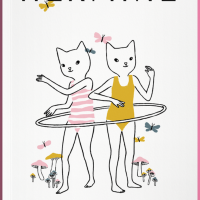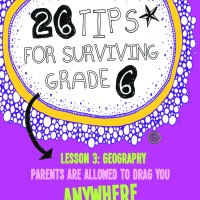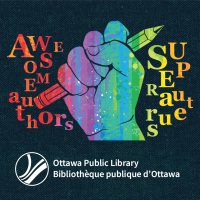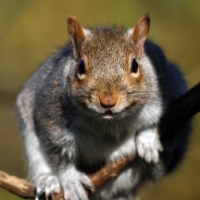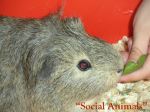Catherine Austen
Creative Writing
Rewards of Research
Posted on January 8, 2010 by Catherine Austen
I’ve been researching nursery rhymes for a silly early reader.
I’ve discovered long-winded versions of many short familiar rhymes. The famous little star twinkles through five verses; children go round the mulberry bush half a dozen times; Jack and Jill go home and get whipped by their mother; the girl with the curl stands on her head and bangs her heels against the window.
I found out that Bobby Shafto has a baby on the way (I bet he’s never coming back). And the three little kittens started to bug me, what with losing and finding and dirtying and washing their mittens again and again. Enough already. I’ll stick to the first verse or two of those rhymes.
I like the full Mary Had a Little Lamb but I dislike the repetitive song . An American version has the lamb’s fleece “as white as cotton.” (“And everywhere that Mary went, the lamb it went a-trottin’.”)

As a child, my favourite rhyme was one of the longest and silliest: Old Mother Hubbard. I loved the weirdness of the dog coming back from the dead, and the illustrations of him dancing and dressing and riding a goat. Many children must have loved it, since it came down through the ages in its entirety while Jack and Jill were left wrapping their heads in paper.
I never tried to learn Old Mother Hubbard by heart. It has always been a rhyme to be read with pictures. Not like Miss Muffett or Wee Willie Winkie or Mary’s little lamb, which were just as easily spoken.
This favourite rhyme was written by Sarah Catherine Martin (1768-1826), who took a stock nursery character and wrote the story in the form we know today (like a very minor Homer). It was published in June 1805 as The Comic Adventures of Old Mother Hubbard and Her Dog. It was an instant success, selling over ten thousand copies in a few months. Pirated editions sprang up everywhere, and there has been a new edition of the poem published in some book or other just about every year since. (Check out the original here.)
That’s a pretty good run for an unknown writer. Ms. Martin wrote a sequel in 1806 but, like the long-winded versions of other rhymes, no one knows it anymore because it’s too long and dull. (You can read it here if you want.)

Less familiar nursery rhymes can be fun to discover, but you have to sift through a lot of junk to find a few gems. Collections of early rhymes hold delights no longer considered fit for children. Like folk tales, nursery rhymes have always had their detractors. The mid-twentieth century saw a movement toward “nursery rhyme reform” which managed to clean up some of the naughtier ditties. (For a list of documented nursery rhyme offences from Geoffrey Handley-Taylor’s 1952 collection, see here.)
Today we read of children being kissed sweetly instead of beaten soundly before bed. I haven’t seen a recent Mother Goose with any of these nasty insults:
- “Tell-tale, tit! Your tongue shall be split. / And all the dogs in the town shall have a little bit!” (Anti-tattling taken to extremes.)
- “See! See! What do I see? / A horse’s head where his tail should be!” (Difficult to visualize, but it sounds clever.)
- “Piss a bed,/ Piss a bed,/ Barley Butt. / Your bum is so heavy/ You can’t get up.” (Good for children fond of sleeping in.)
What did I say? Absolute treasures. And very inspiring for my (currently unpublishable) early reader. Have a look at the old rhymes and see what gems you can discover.

